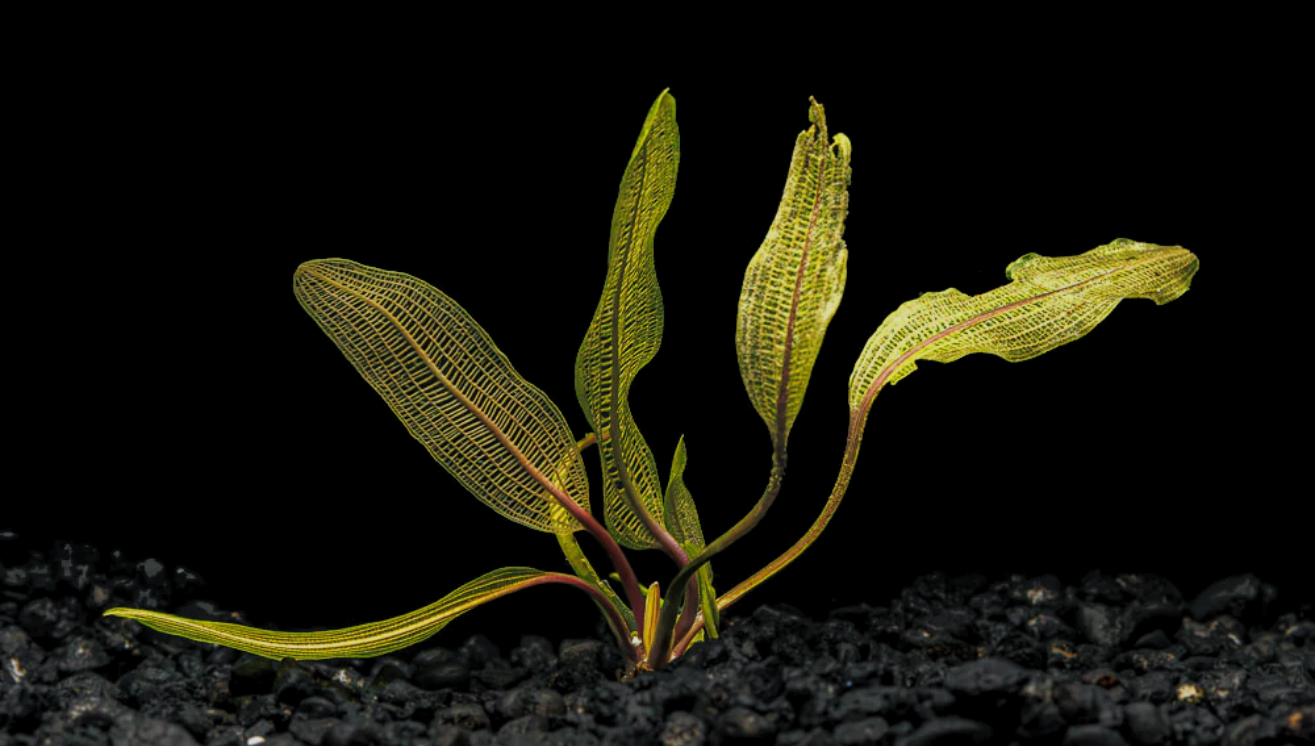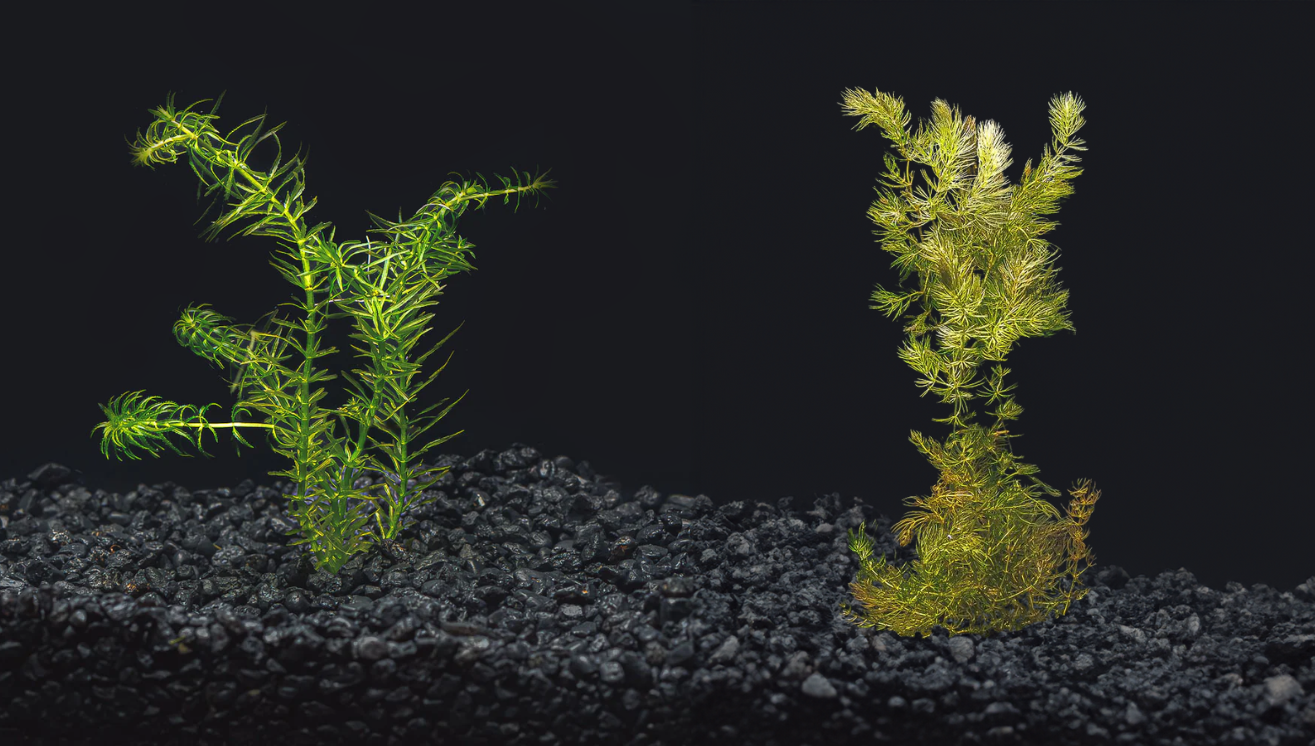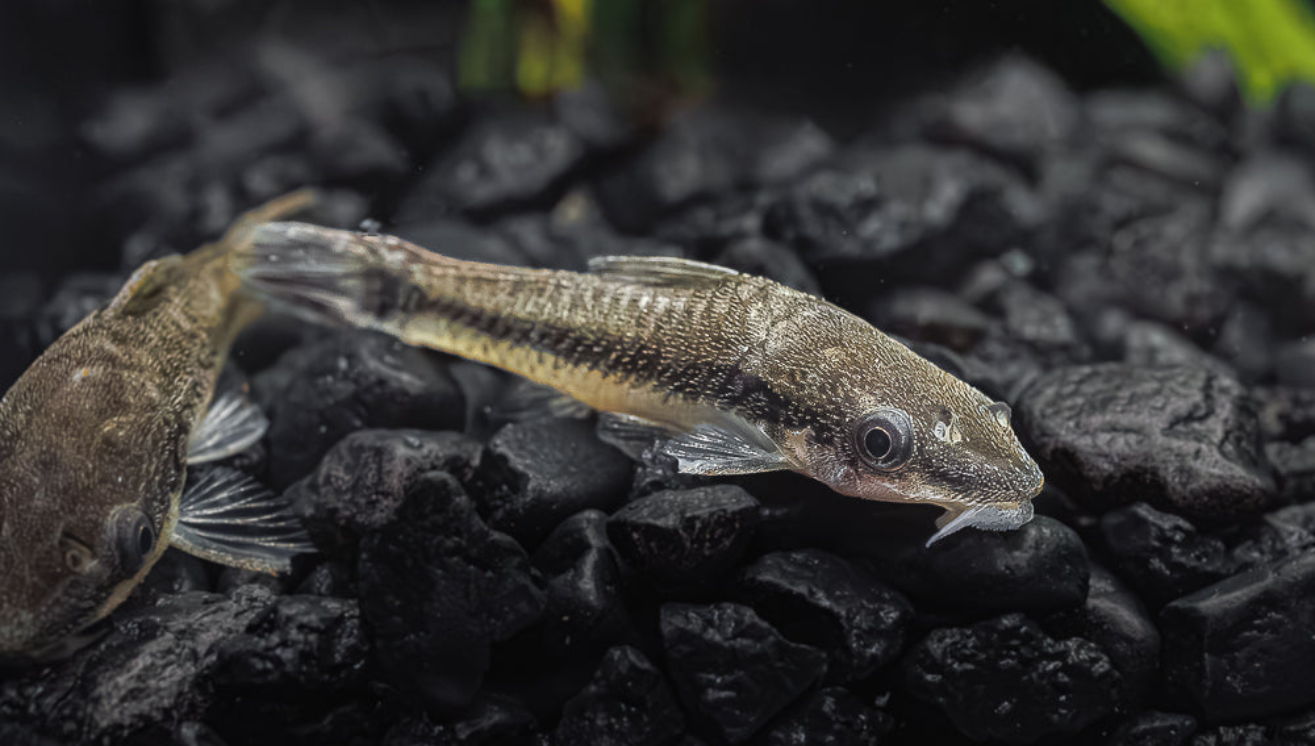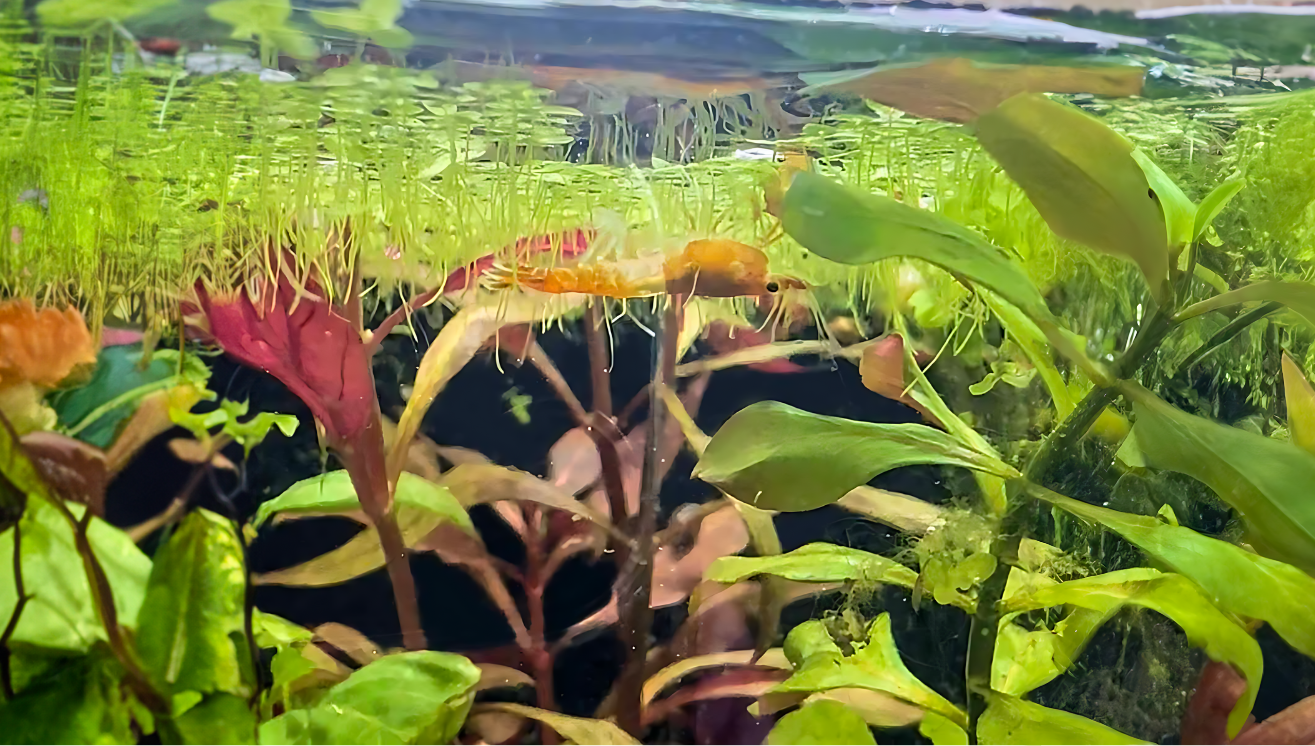Your Cart is Empty
🚚 Flat-Rate FedEx Priority Overnight — Just $26.99 (Limited-Time Special!) | FREE over $200
🚚 Flat-Rate FedEx Priority Overnight — Just $26.99 (Limited-Time Special!) | FREE over $200
🚚 Flat-Rate FedEx Priority Overnight — Just $26.99 (Limited-Time Special!) | FREE over $200
by Emily Dourm July 05, 2024 2 min read

If you've been in the aquarium hobby for a while, you've probably noticed the same plants appearing in various aquascapes. While there's nothing wrong with these tried-and-true options, sometimes you want to add a touch of uniqueness to your tank. If you're looking to introduce some distinctive and interesting flora, you're in the right place. Here are some unusual plants that can bring a fresh and exciting look to your aquatic setup. Let's break away from the ordinary and explore some fun, eye-catching options for your aquarium!

Starting strong with one of my personal favorites, the banana plant. This oddball plant is so fun because it looks like a bushel of bananas in your tank, but the fun doesn’t stop there! It also has lilies that grow to the surface of your tank, where their leaves float like lily pads. If you allow them to grow, they may even produce small white flowers.
The banana plant is a beginner plant common in the hobby. It gets its name from its swollen green tubers resembling bananas. They have long stems with rounded or heart-shaped leaves, and can either float or be planted—just be sure not to bury the tubers more than ¼ inch. Preferring calm water, floating banana plants will develop white roots that reach down into the substrate to anchor the plant.
Scientific Name: Nymphoides aquatica
Care Level: Easy
Light: Medium
CO2: Not Necessary
Fertilizer: Shrimple All-In-One or Shrimp Safe Fertilizer
Propagation: Leaves that are trimmed and left floating on the water's surface will start to grow roots.

Madagascar Lace gets its name from the plant leaves, which look almost woven together. As it grows, its new leaves are light green and perforated—hence the lace name. It’s quite a demanding species requiring some care, but with proper maintenance its leaves grow rapidly and it can get quite large. It thrives in nutrient-rich aquarium soil and needs regular upkeep to stay healthy. Adequate water circulation is crucial for its well-being, ensuring a good flow in the tank.
Like similar bulb plants, it’s important to bury only half of the bulb in the substrate to prevent bulb rot. Regularly trim dead leaf tips to prevent decay and keep algae or debris from settling on the leaves.
Scientific Name: Aponogeton madagascariensis
Care Level: Moderate
Lighting Requirement: Low to Medium
CO2: Not Required
Fertilizer: Shrimple All-In-One or Shrimp Safe Fertilizer
Propagation: Cut side shoots.

This is a fun onion-like bulb plant with dark green leaves that have a funky texture—curling and crimping at the edges. It’s ideal for beginners who prefer a plant that doesn't overpower their tank. It grows slowly and thrives without much attention, and may produce small white flowers when it reaches the surface.
Crinum Calamistratum adapts to slightly acidic or alkaline waters with temperatures from cool to warm. Water hardness isn’t critical, and it doesn’t require intense lighting or heavy fertilization—making it beginner-friendly.
Care Level: Moderate
Light: Medium to High
CO2: Recommended
Fertilizer: Shrimple All-In-One or Shrimp Safe Fertilizer
Propagation: Through daughter bulbs.
Adding real plants to your tank not only enhances aesthetics but also oxygenates the water, absorbs nitrates, and provides shelter. We hope exploring these oddball plants can help spark creativity, inspire new aquascaping ideas, and create habitats that mimic natural ecosystems.
Comments will be approved before showing up.

by Brooke Lees October 04, 2024 2 min read
Aquarium plants do much more than add beauty to a tank, they help maintain water quality and provide natural shelter for your aquatic pets. Among the many available options, Hornwort and Anacharis stand out for their versatility, ease of care, and benefits to aquarium ecosystems. Let’s dive deeper into the differences and similarities between these two popular plants.

by Brooke Lees September 20, 2024 2 min read

by Brooke Lees September 13, 2024 3 min read